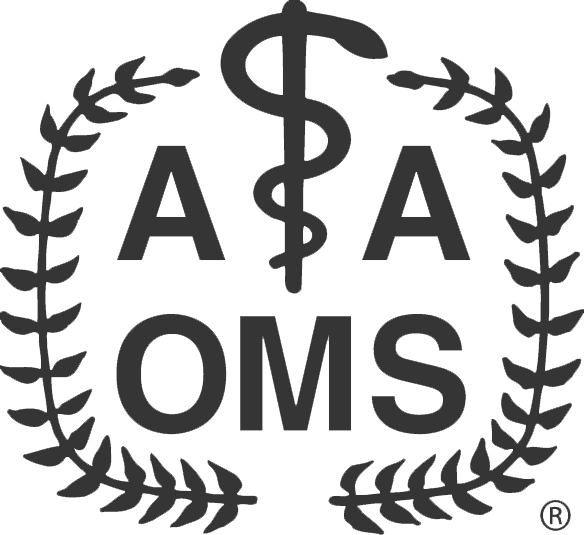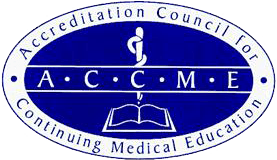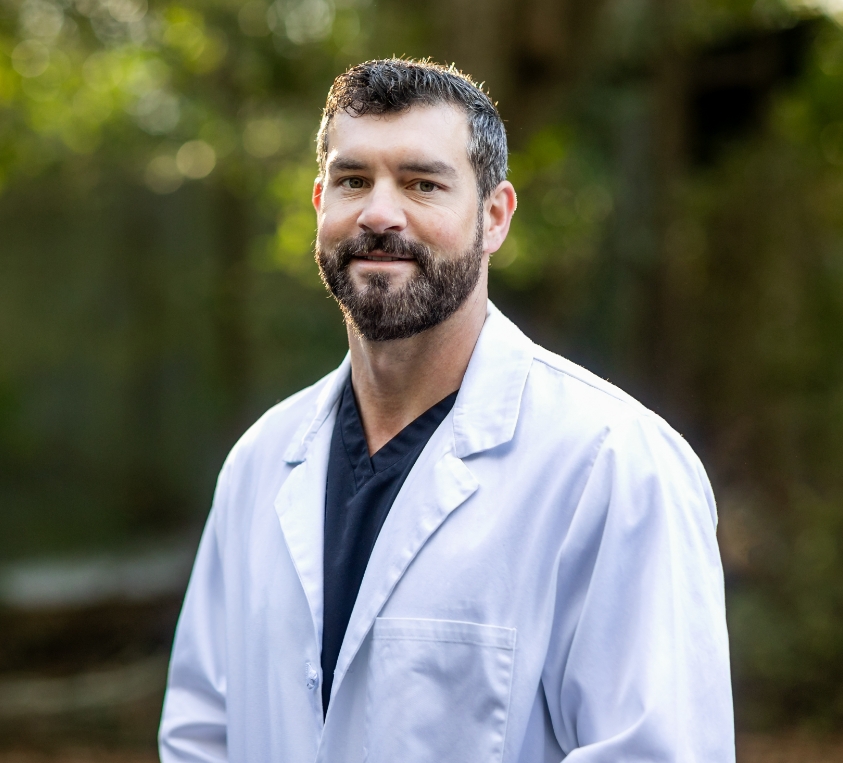CE Info &
Course Objectives
Continuing Education
Provider Approval:
Edward C. Hinds Symposium
This continuing education activity has been planned and implemented in accordance with the standards of the ADA Continuing Education Recognition Program (ADA CERP) through the joint efforts between the American Association of Oral and Maxillofacial Surgeons, the Houston Society of Oral and Maxillofacial Surgeons, and UTHealth Houston School of Dentistry, Department of OMS.
American Association of Oral and Maxillofacial Surgeons is an ADA CERP Recognized Provider. ADA CERP is a service of the American Dental Association to assist dental professionals in identifying quality providers of continuing dental education. ADA CERP does not approve or endorse individual courses or instructors, nor does it imply acceptance of credit hours by boards of dentistry.
American Association of Oral and Maxillofacial Surgeons designates this activity for 10.50 continuing education credits.
AGD-Accepted Program Provider
FAGD/MAGD Credit
11/1/22 - 12/31/26
Provider ID# 214680
This activity has been planned and implemented in accordance with the accreditation requirements and policies of the Accreditation Council for Continuing Medical Education through the joint providership of the American Association of Oral and Maxillofacial Surgeons, the Houston Society of Oral and Maxillofacial Surgeons, and UTHealth Houston School of Dentistry, Department of OMS. The American Association of Oral and Maxillofacial Surgeons is accredited by the ACCME to provide continuing medical education for physicians.
The American Association of Oral and Maxillofacial Surgeons designates this live activity for a maximum of 10.50 AMA PRA Category 1 CreditsTM. Physicians should claim only the credit commensurate with the extent of their participation in the activity.




Symposium Course
Description and
Objectives
The thirty-fourth Hinds Symposium will focus on an area of importance and interest to the oral and maxillofacial surgery practitioner.
This year’s symposium brings together cutting edge practitioners in digital dentistry with a focus on the management of complex edentulism. The speakers will highlight important concepts and recent developments in the field. Presentations will describe changes to traditional analogue techniques, the technological advances made in diagnosis and treatment planning, and special devices and techniques to address the surgical management of difficult cases.
Upon completion of this activity, the learner should be able to:
- Review the digital technology available for the diagnosis and treatment planning of patients with partial or complete edentulism.
- Describe different techniques for the prosthetic and skeletal reconstruction of segmental defects of the jaws.
- Outline non-alveolar sites for the placement of dental implants in severely atrophic jaws.
- Describe proper patient selection and surgical and prosthodontic applications of novel sub-periosteal implant devices in the management of severely atrophic jaws and patients with jaw defects from pathology or trauma.

